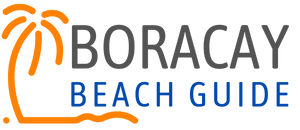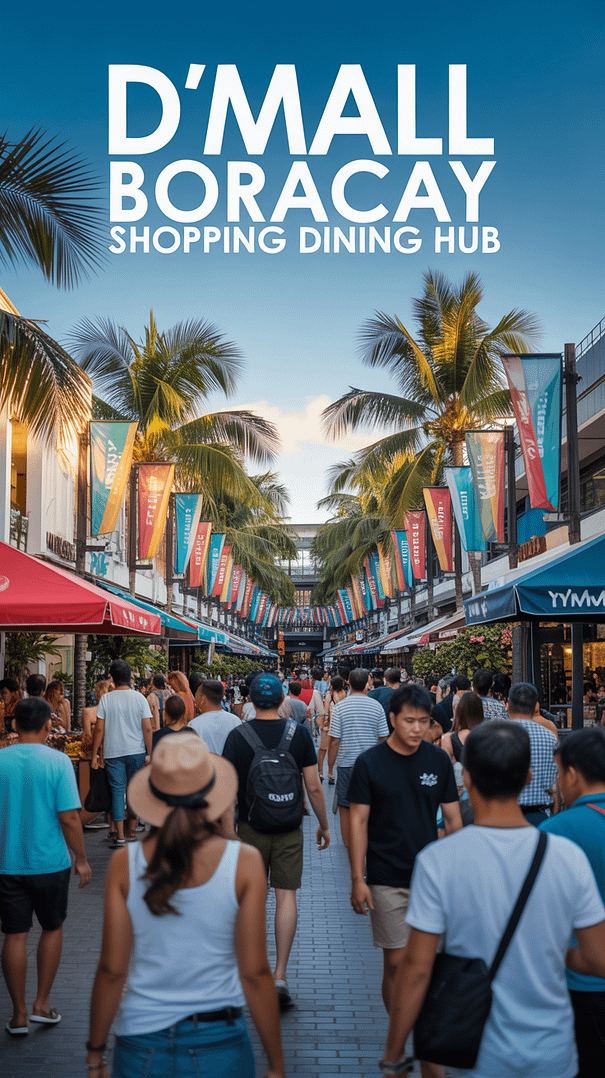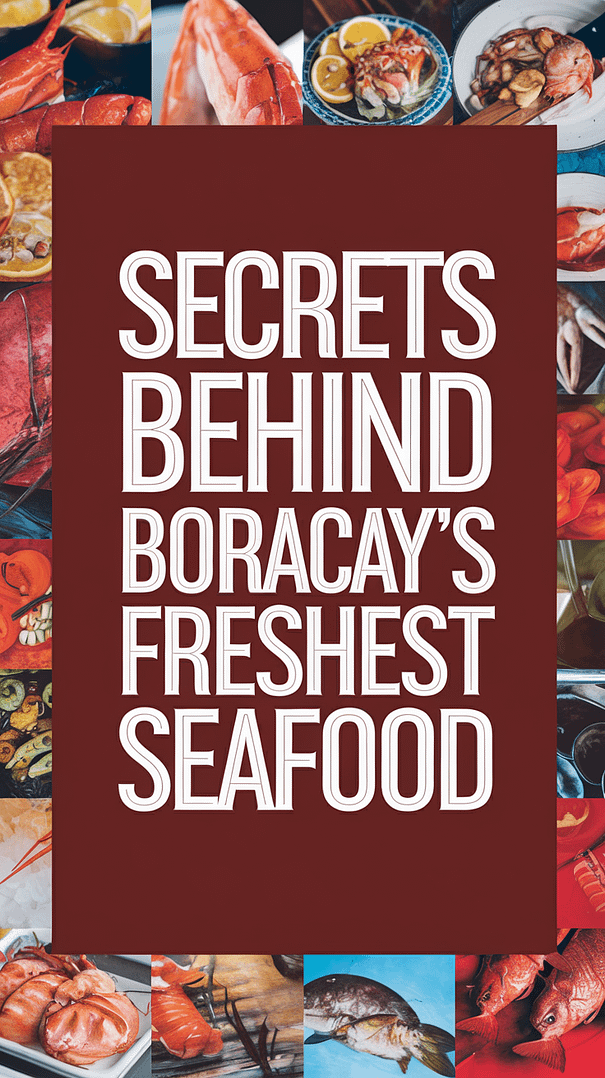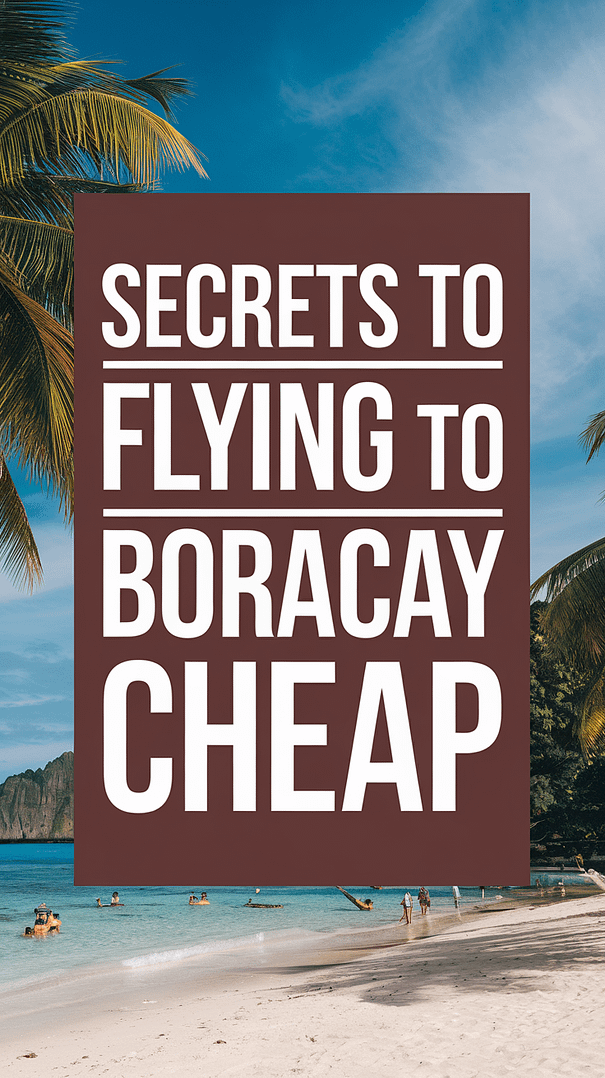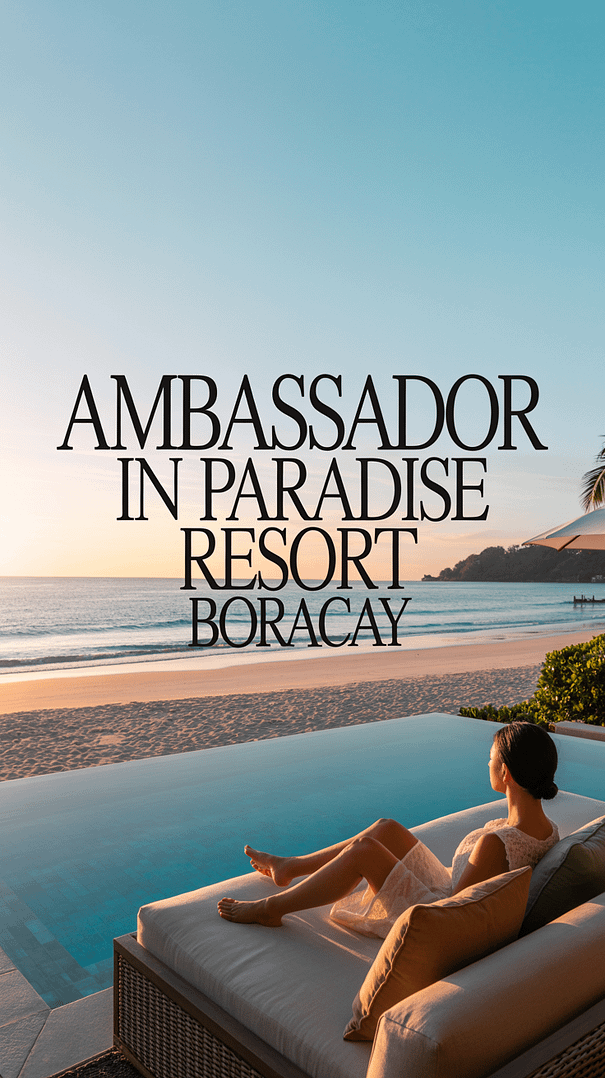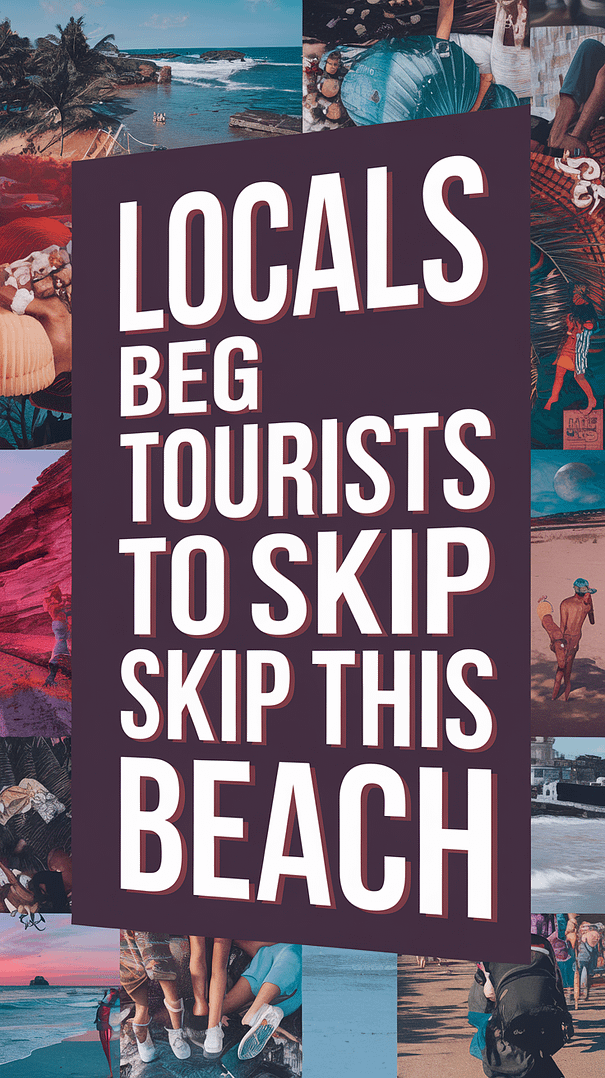The Island’s Secret Weapon Against Waste
After calling Boracay home for over two decades, I’ve witnessed this paradise transform from a sleepy fishing village to a world-renowned destination – and back to a cleaner version of itself. The island’s latest innovation in waste management involves something most visitors have never heard of: Vigormin. This isn’t your typical tourist attraction, but it’s become one of the most fascinating success stories happening right under everyone’s noses.
Vigormin is a specialized microbial solution that’s revolutionizing how we handle organic waste here on the island. Think of it as nature’s own cleanup crew, but supercharged. Local waste management facilities have been using this bio-augmentation technology to break down organic matter faster and more efficiently than traditional methods.
How Vigormin Actually Works on the Island
The science behind it sounds complex, but the results are beautifully simple. Vigormin contains carefully selected microorganisms that accelerate the decomposition of organic waste – everything from food scraps to garden trimmings. Here’s what happens in our local facilities:
- Organic waste gets treated with Vigormin solution
- Beneficial bacteria multiply rapidly, breaking down waste at 3-5 times normal speed
- Odors are dramatically reduced (trust me, this matters when you live here)
- The end product becomes high-quality compost for local agriculture
What makes this particularly brilliant for Boracay is that we’re an island with limited space for traditional landfills. Every square meter counts, and Vigormin helps us process waste in a fraction of the space normally required.
The Real Impact You Can See (If You Know Where to Look)
As someone who walks the same beaches and streets daily, the changes are remarkable. The composting facility near Barangay Manoc-Manoc, which used to emit odors that locals complained about constantly, now operates virtually odor-free. I often bring curious visitors there – it’s become an unexpected point of pride.
| Before Vigormin | After Implementation |
|---|---|
| Waste processing: 14-21 days | Waste processing: 5-7 days |
| Strong odors within 500m radius | Minimal odor beyond facility perimeter |
| Limited compost production | High-quality compost for local farms |
| Frequent resident complaints | Community support and interest |
What This Means for Your Boracay Experience
You might wonder why waste management matters for your vacation. Here’s the insider perspective: cleaner waste processing means cleaner beaches, fresher air, and a more sustainable destination that’ll be here for future visits.
The hotels and resorts have noticed too. Many establishments now participate in the organic waste collection program, knowing their kitchen scraps will be processed efficiently. Some upscale resorts even showcase their participation as part of their environmental initiatives – it’s become a selling point.
Practical Tips for Eco-Conscious Travelers
- Choose accommodations that participate in the organic waste separation program
- Ask your hotel about their waste management practices – the good ones love to talk about it
- Support restaurants that compost their organic waste (look for small signs or ask staff)
- Visit the demonstration composting site if you’re interested in sustainable tourism
The Challenges Nobody Talks About
Not everything has been smooth sailing. The initial cost of implementing Vigormin was significant for a small island economy. Some smaller establishments still struggle with proper waste separation – old habits die hard, especially during peak season when everyone’s overwhelmed.
There’s also the education component. Getting thousands of seasonal workers and millions of annual visitors to understand and participate in waste separation requires constant effort. Some days, watching tourists throw everything into one bin makes my eye twitch.
The supply chain presents another challenge. Vigormin needs to be transported to the island regularly, and shipping delays can disrupt operations. During one memorable typhoon season, we had to ration the solution and temporarily return to slower traditional methods.
Local Success Stories
D’Mall, the island’s main commercial strip, has become a showcase for the program. The food court area, which used to struggle with waste odors during busy periods, now processes everything efficiently. Local vegetable vendors have started using compost produced through the Vigormin process – it’s a beautiful circle of sustainability.
One of my favorite examples is Jonah’s Fruit Shake, a local institution. They generate massive amounts of fruit waste daily, but now it all goes into the Vigormin program. The owner jokes that his banana peels are probably fertilizing the vegetables he serves in his meals.
How Visitors Can Support the Initiative
The most helpful thing travelers can do is participate in waste separation. Most accommodations now provide separate bins for organic waste. It takes minimal effort but makes a significant difference in processing efficiency.
- Separate food scraps from other waste
- Don’t contaminate organic waste with plastic or metals
- Ask questions – locals appreciate when visitors show interest in our environmental efforts
- Share your experience on social media to inspire other destinations
The Bigger Picture
Boracay’s use of Vigormin represents something larger than waste management – it’s about reimagining how small island destinations can balance tourism with environmental responsibility. Other Philippine islands have started sending delegations to study our system.
The program has also created unexpected jobs. Several locals now work as waste separation specialists and composting technicians. It’s not glamorous work, but it pays well and carries real pride – these folks know they’re protecting our island’s future.
Common Questions
Can tourists visit the Vigormin waste processing facilities?
Yes, but you need to arrange visits through the local environmental office or your hotel concierge. Tours happen twice weekly and include safety equipment. It’s surprisingly fascinating and makes for unique vacation photos.
Does the Vigormin process affect the taste of local produce grown with the compost?
Absolutely not – if anything, local farmers report better yields and more flavorful vegetables. The compost produced is actually higher quality than what we used to make through traditional methods.
What happens if hotels don’t participate in organic waste separation?
There’s no legal requirement, but social pressure is strong. The local tourism board promotes participating establishments, and many guests now specifically ask about environmental practices when booking.
Is Vigormin used anywhere else in the Philippines?
Several other destinations have started pilot programs based on Boracay’s success, including parts of Palawan and Bohol. We’ve become an unexpected model for sustainable island tourism.
How much has this program reduced overall waste going to landfills?
Organic waste, which used to comprise about 60% of our total waste stream, is now almost entirely diverted from landfills. This has extended our landfill capacity significantly and reduced transportation costs for waste removal.
The Future is Brewing
Watching Boracay embrace Vigormin has been like witnessing a quiet revolution. This isn’t about grand gestures or tourist-facing initiatives – it’s about fundamental changes that make our home more livable and sustainable. The technology proves that small islands don’t have to choose between economic prosperity and environmental responsibility. Every time I see that rich, dark compost being loaded onto local farms, knowing it started as yesterday’s fruit scraps from D’Mall, I’m reminded that the most profound changes often happen in the most ordinary places. Paradise, it turns out, isn’t just about crystal waters and white sand – it’s about creating systems that ensure those treasures endure for generations of visitors yet to come.
